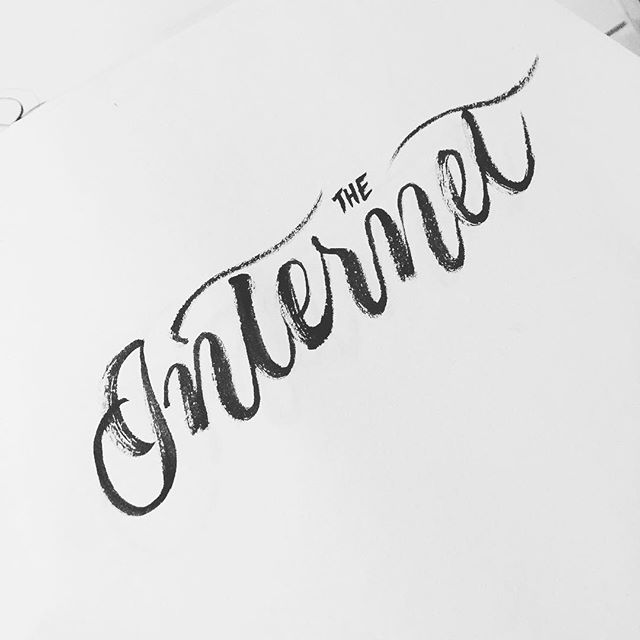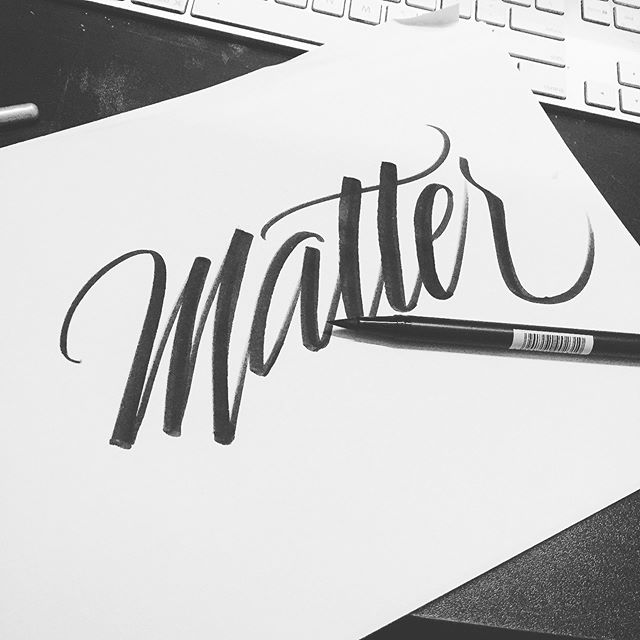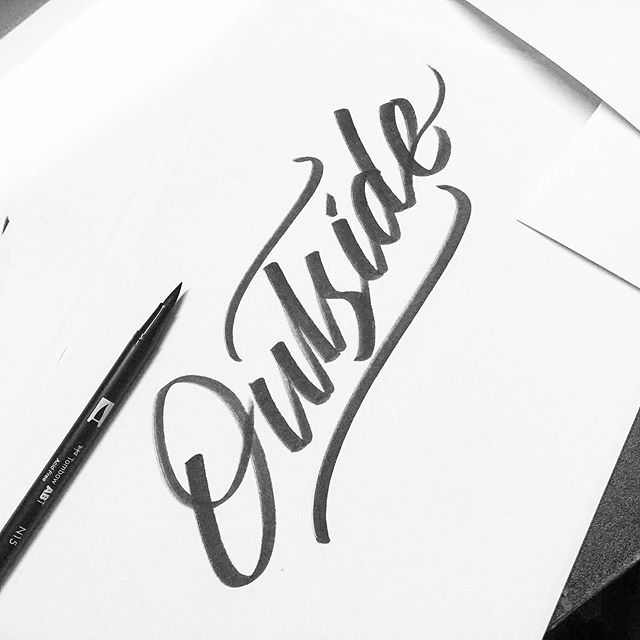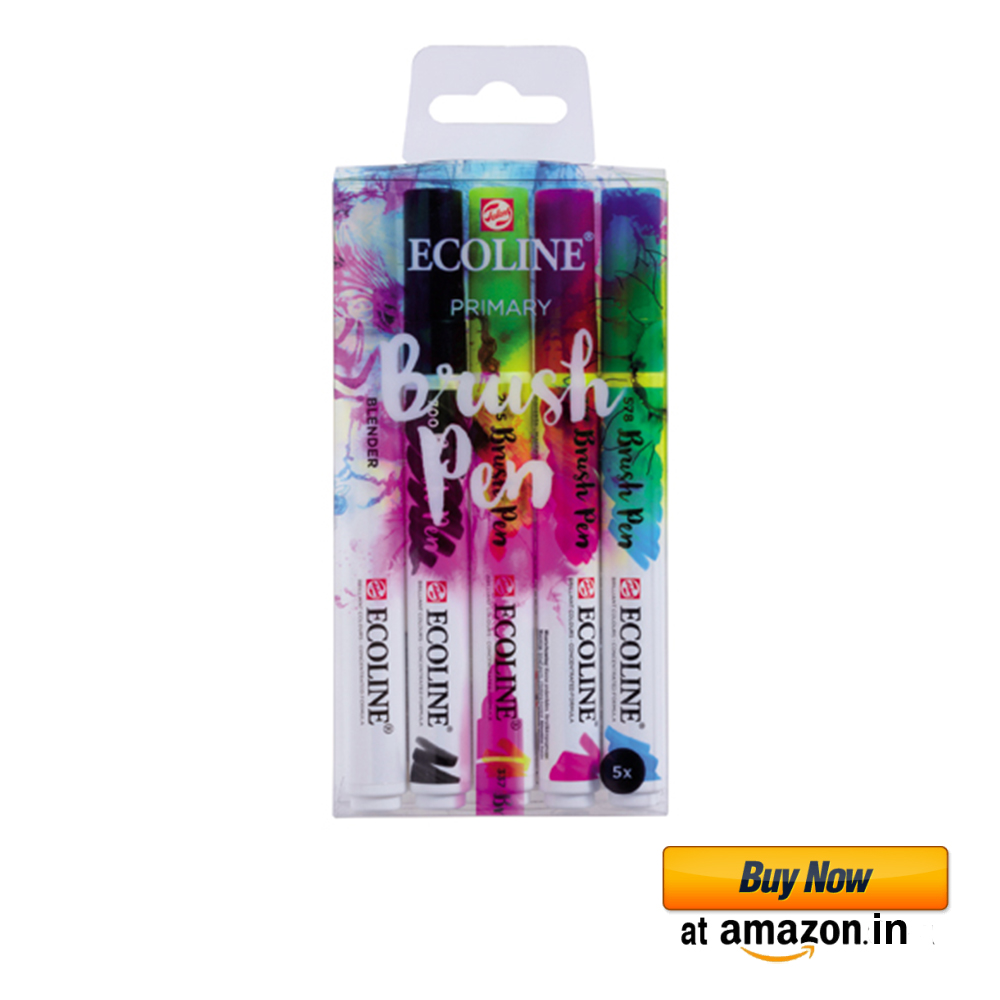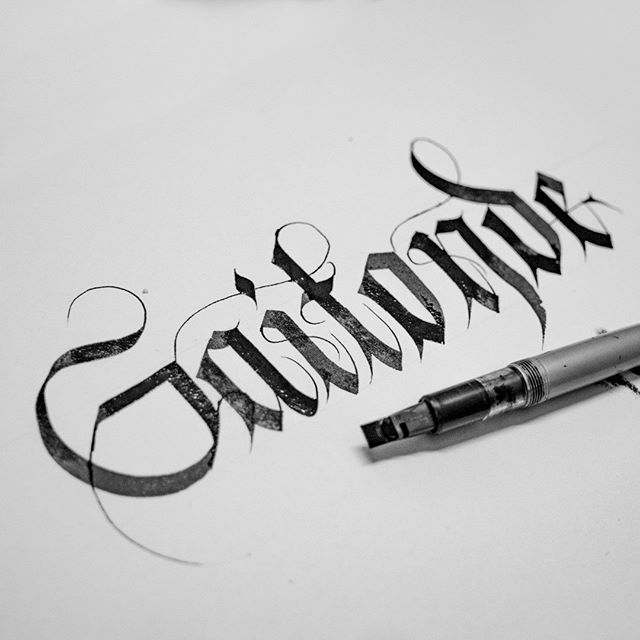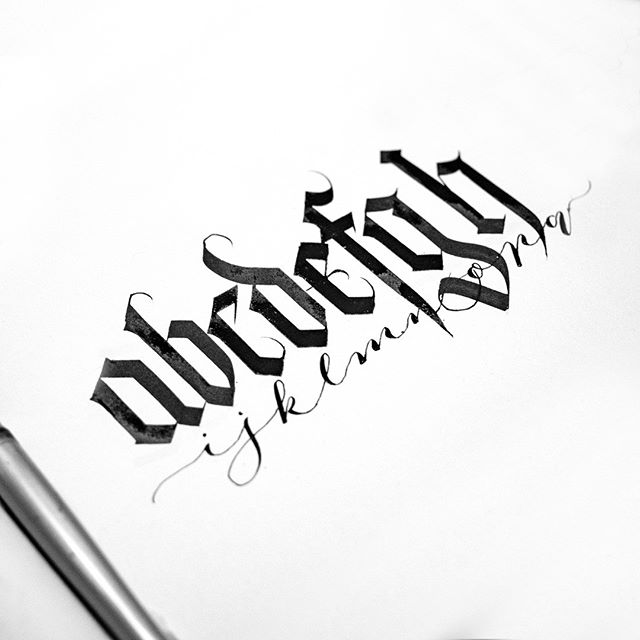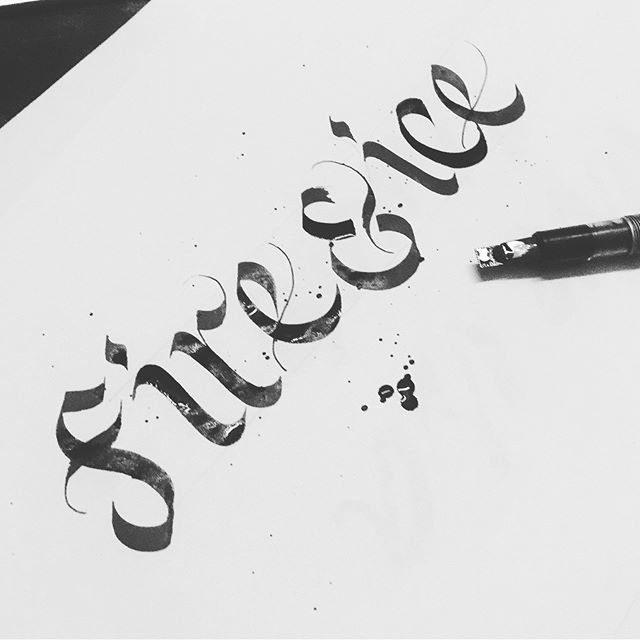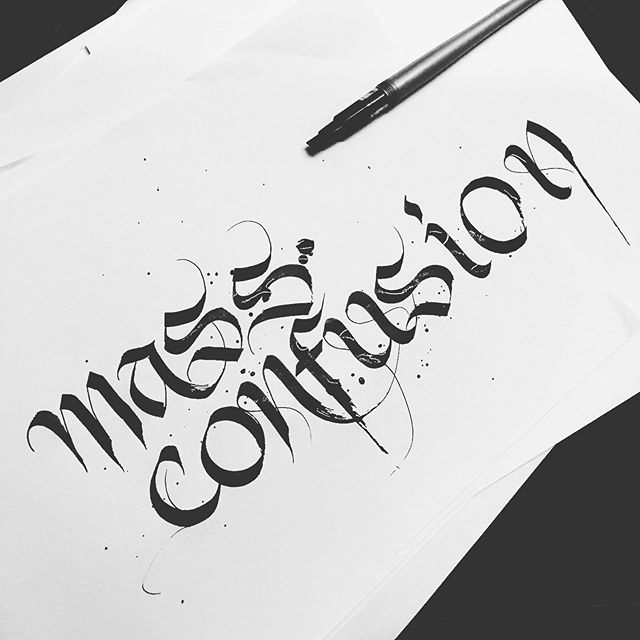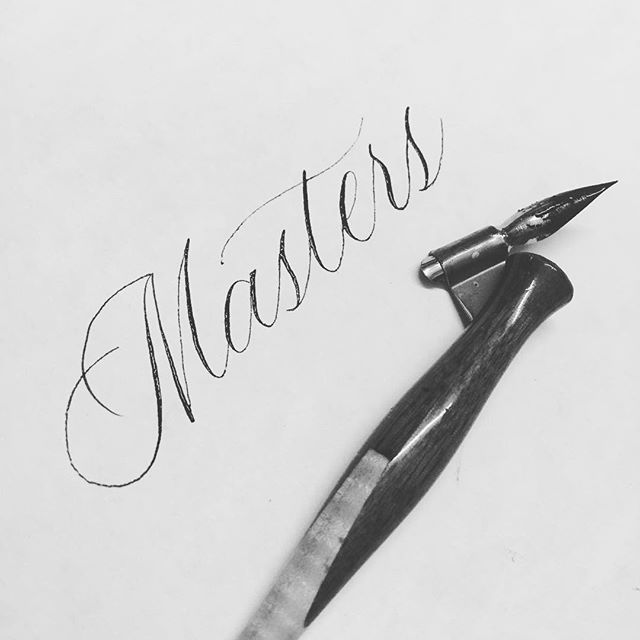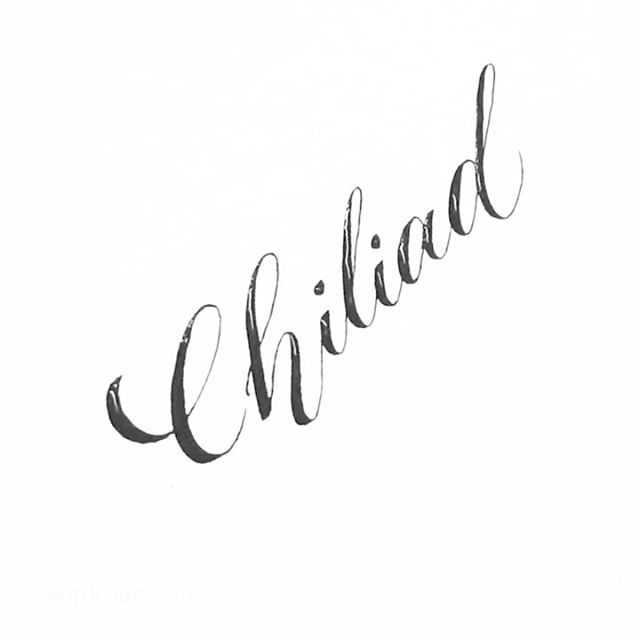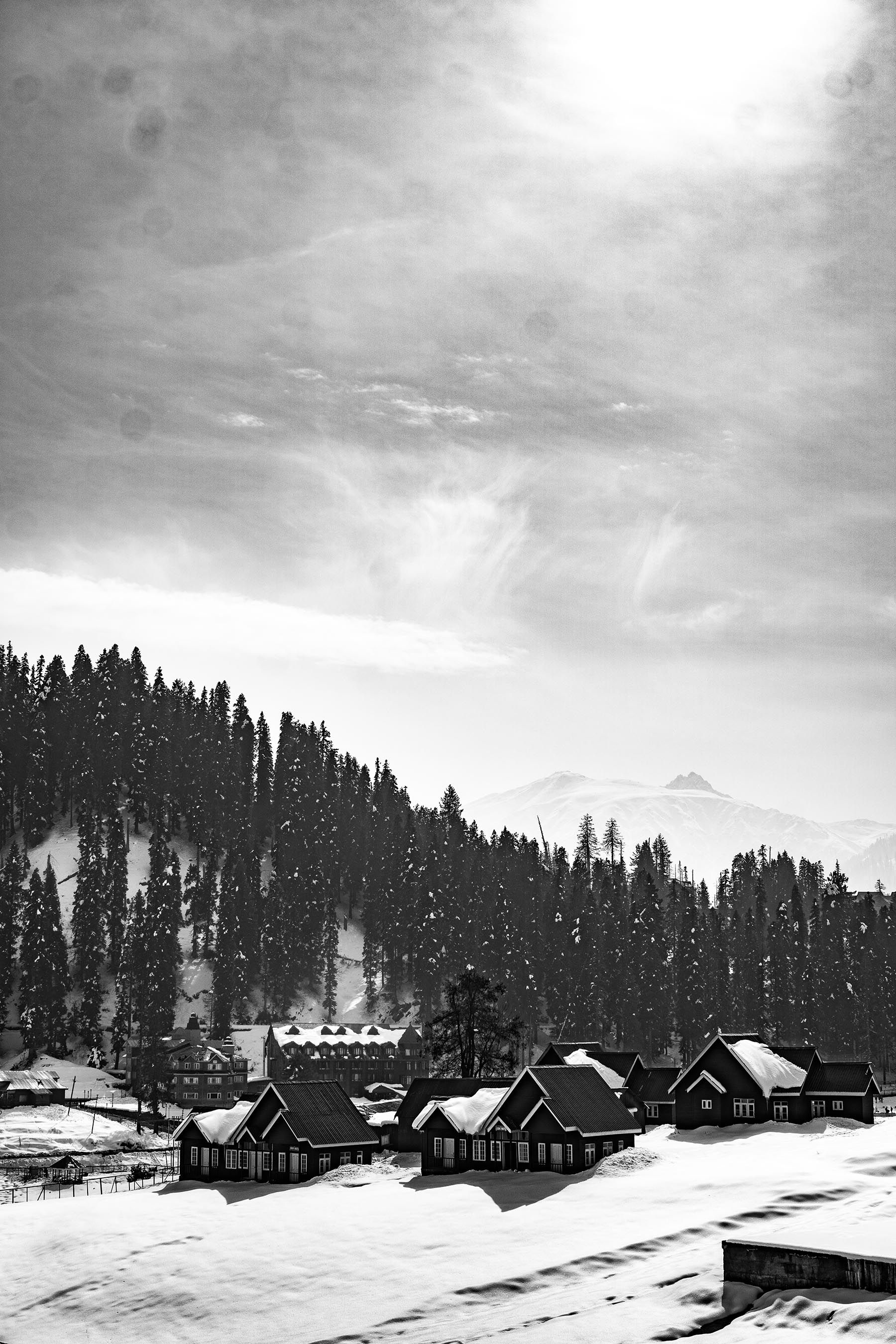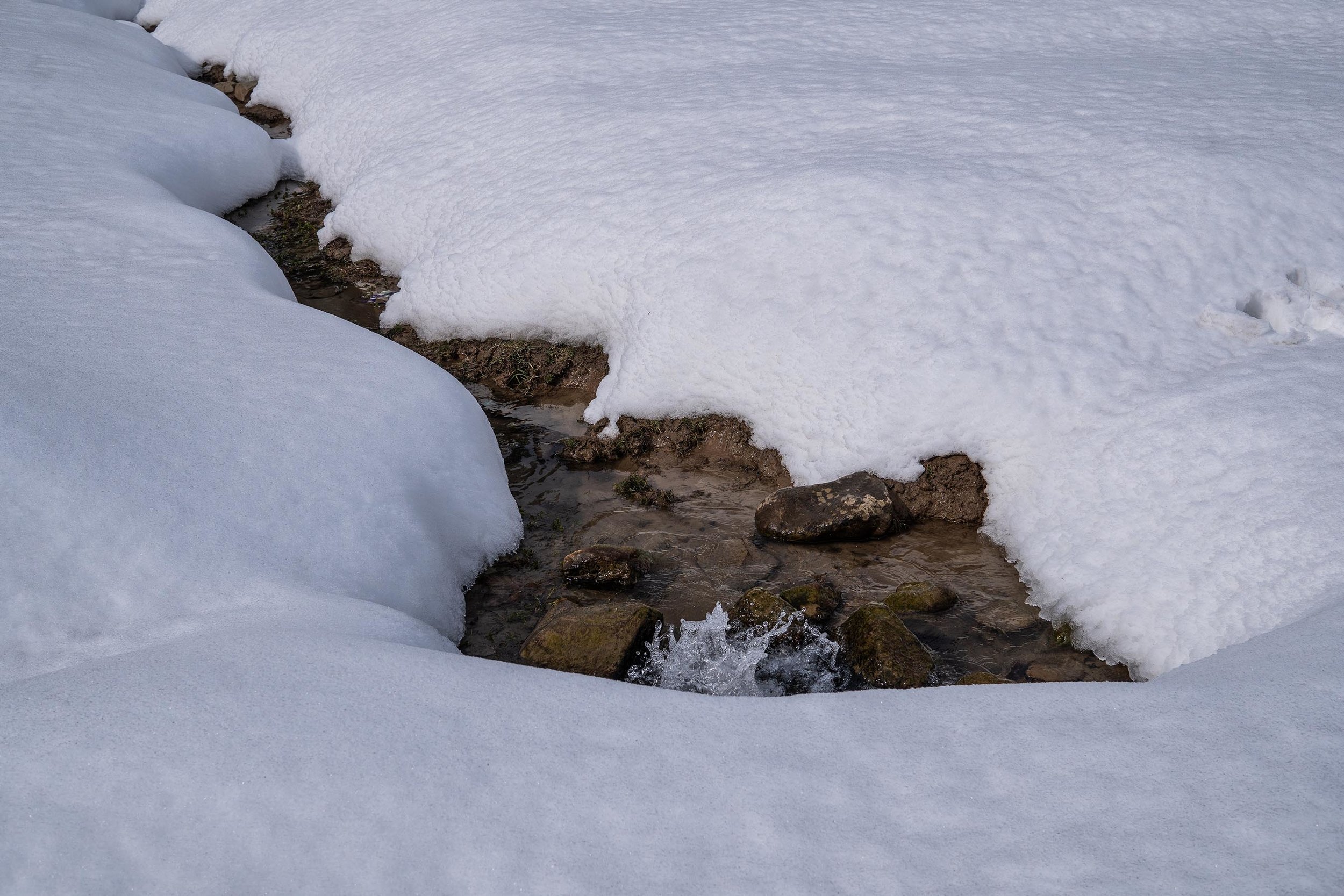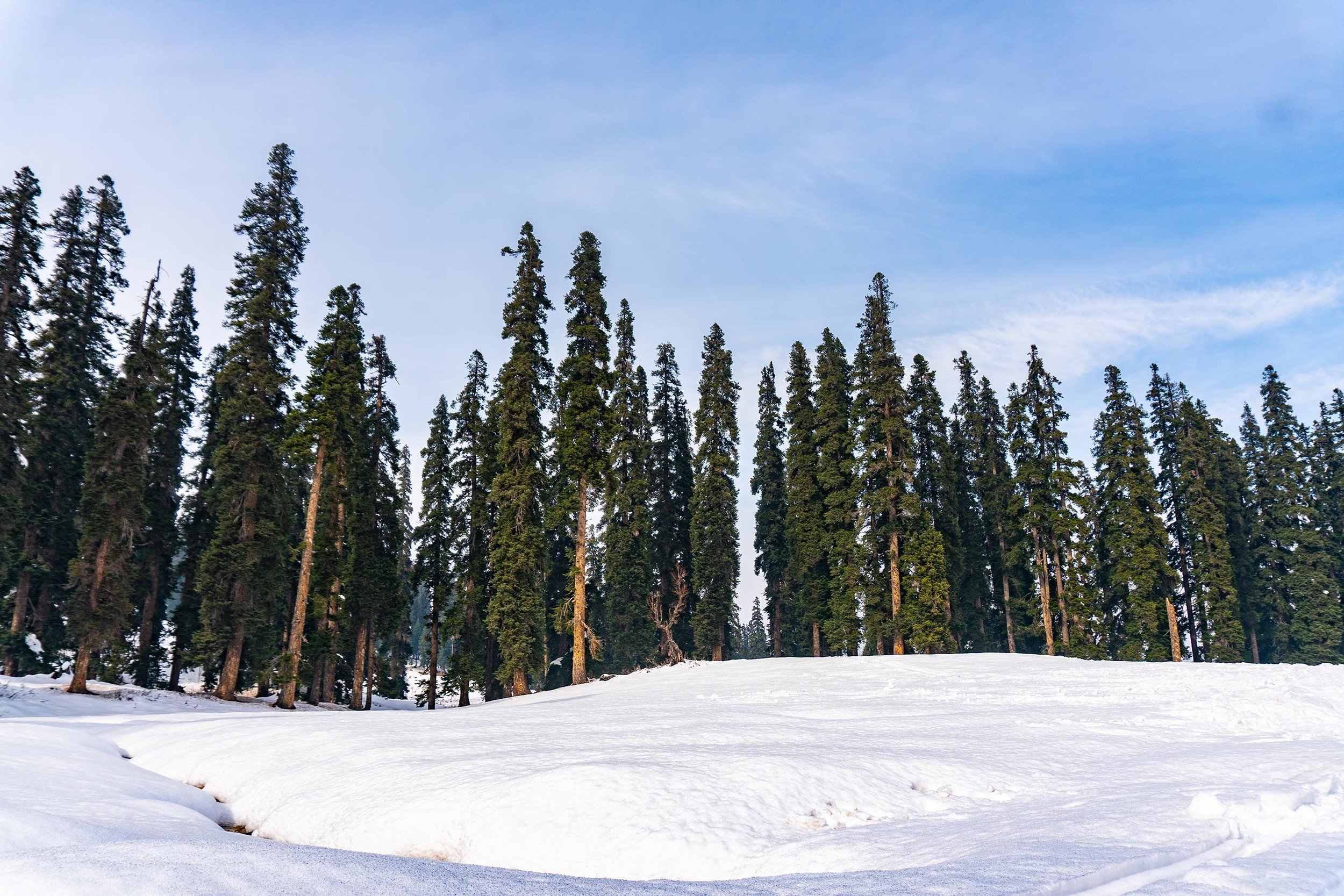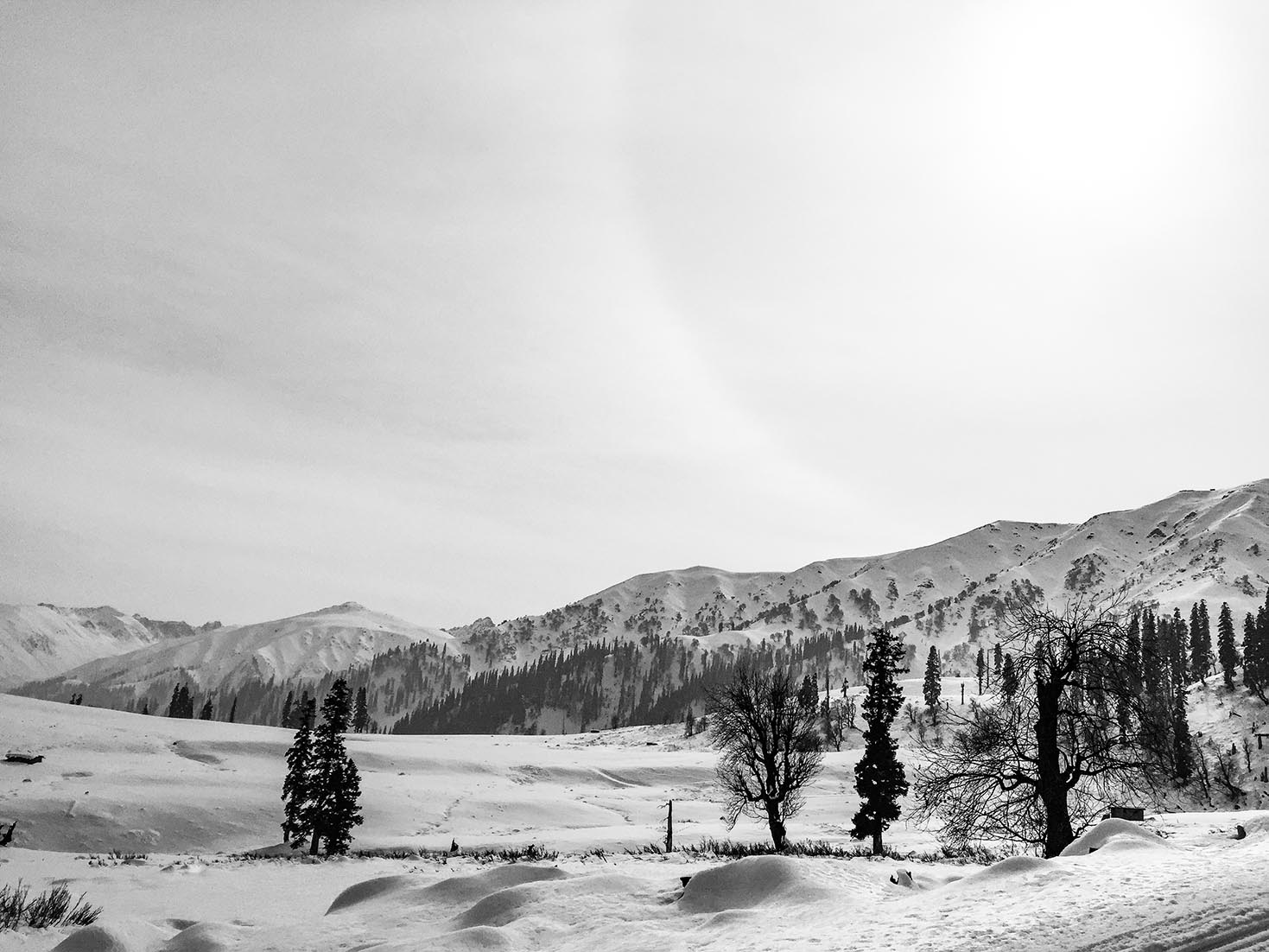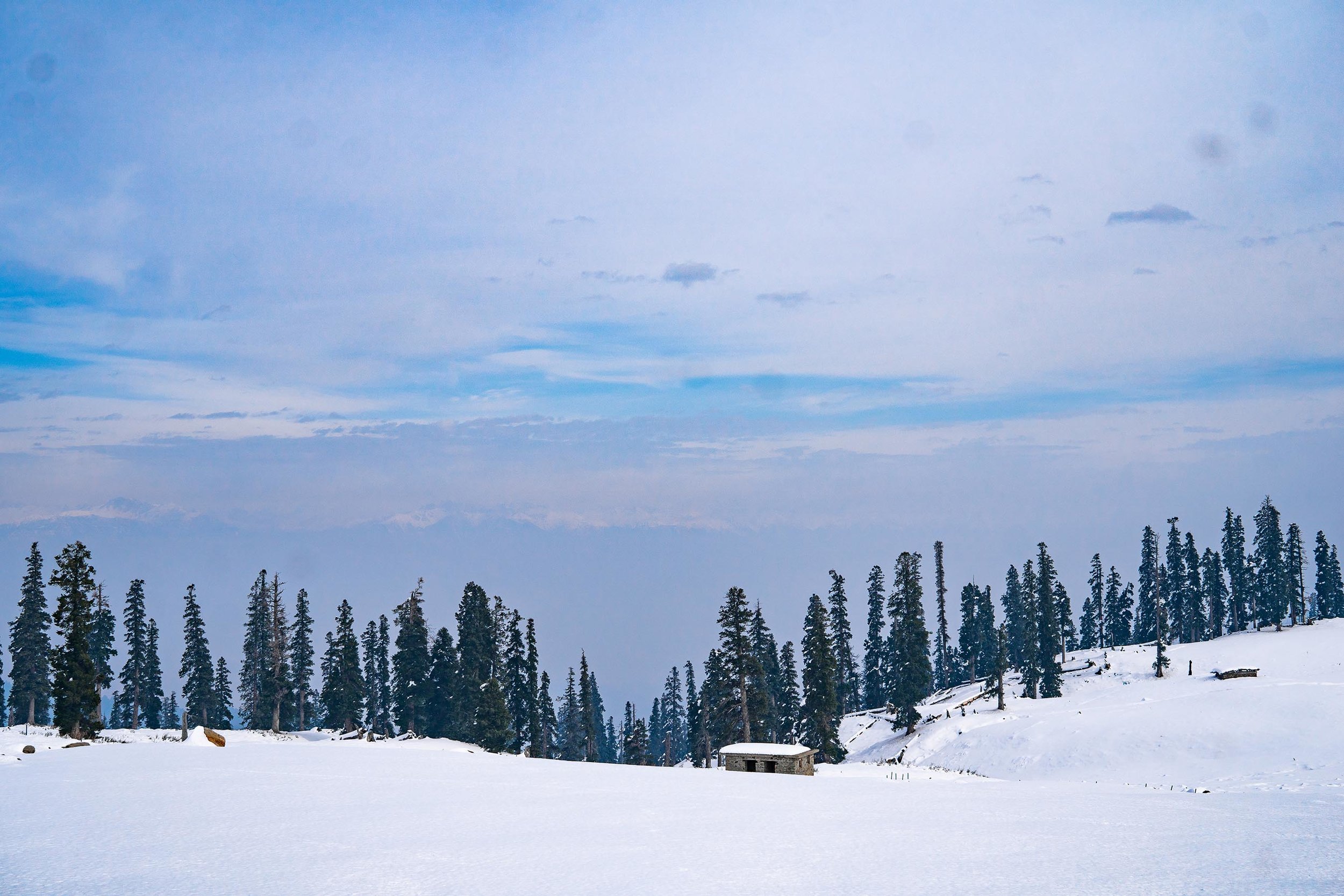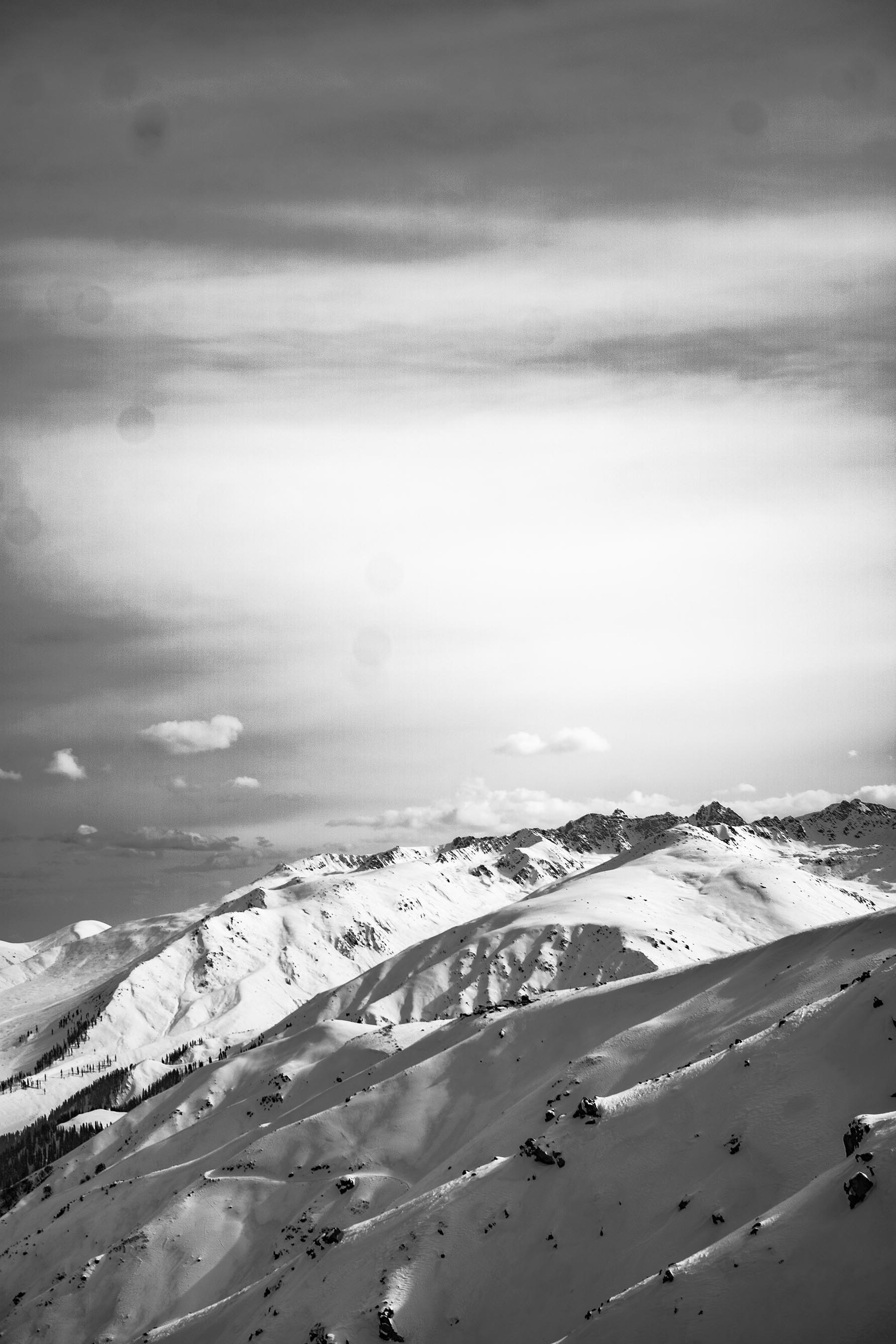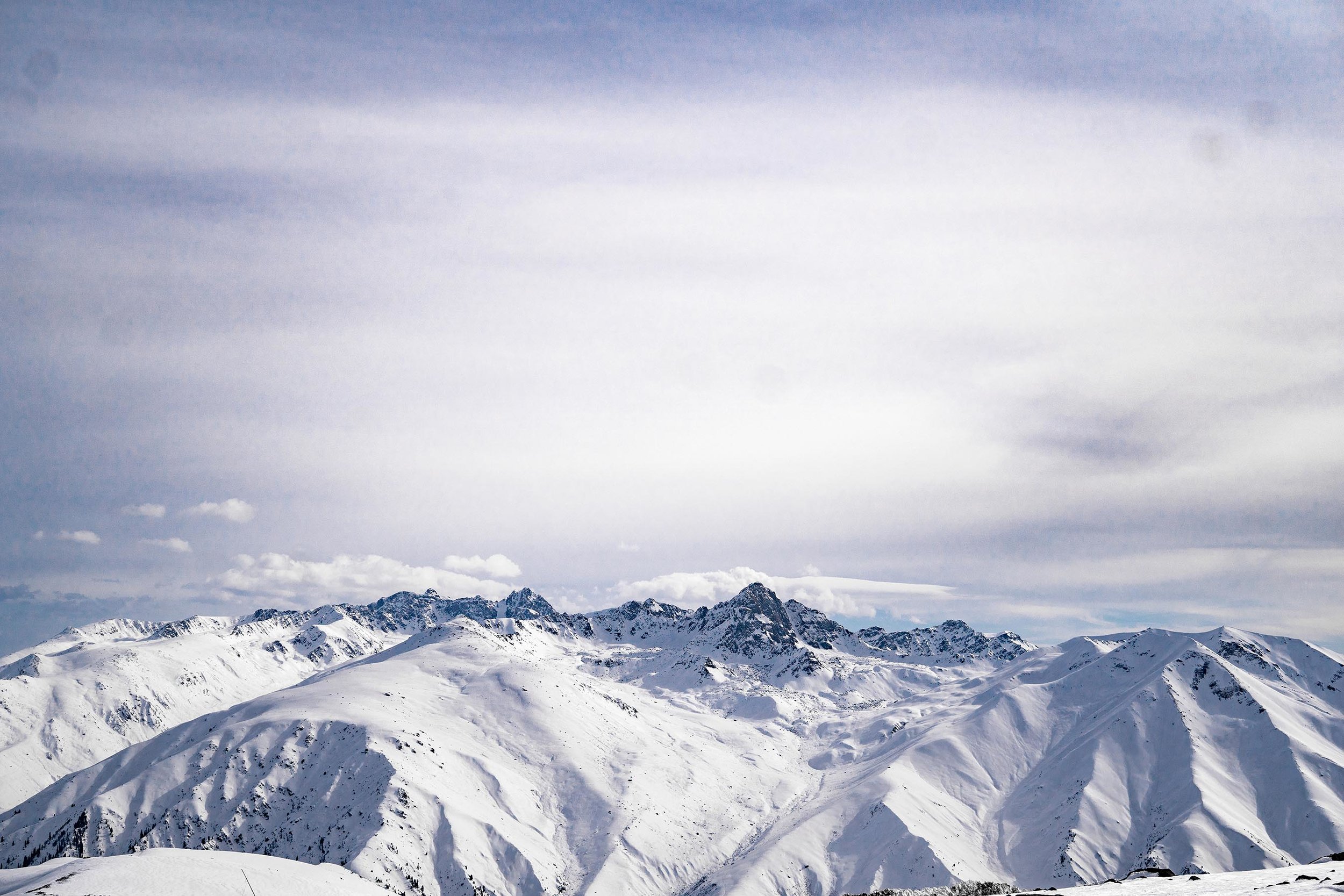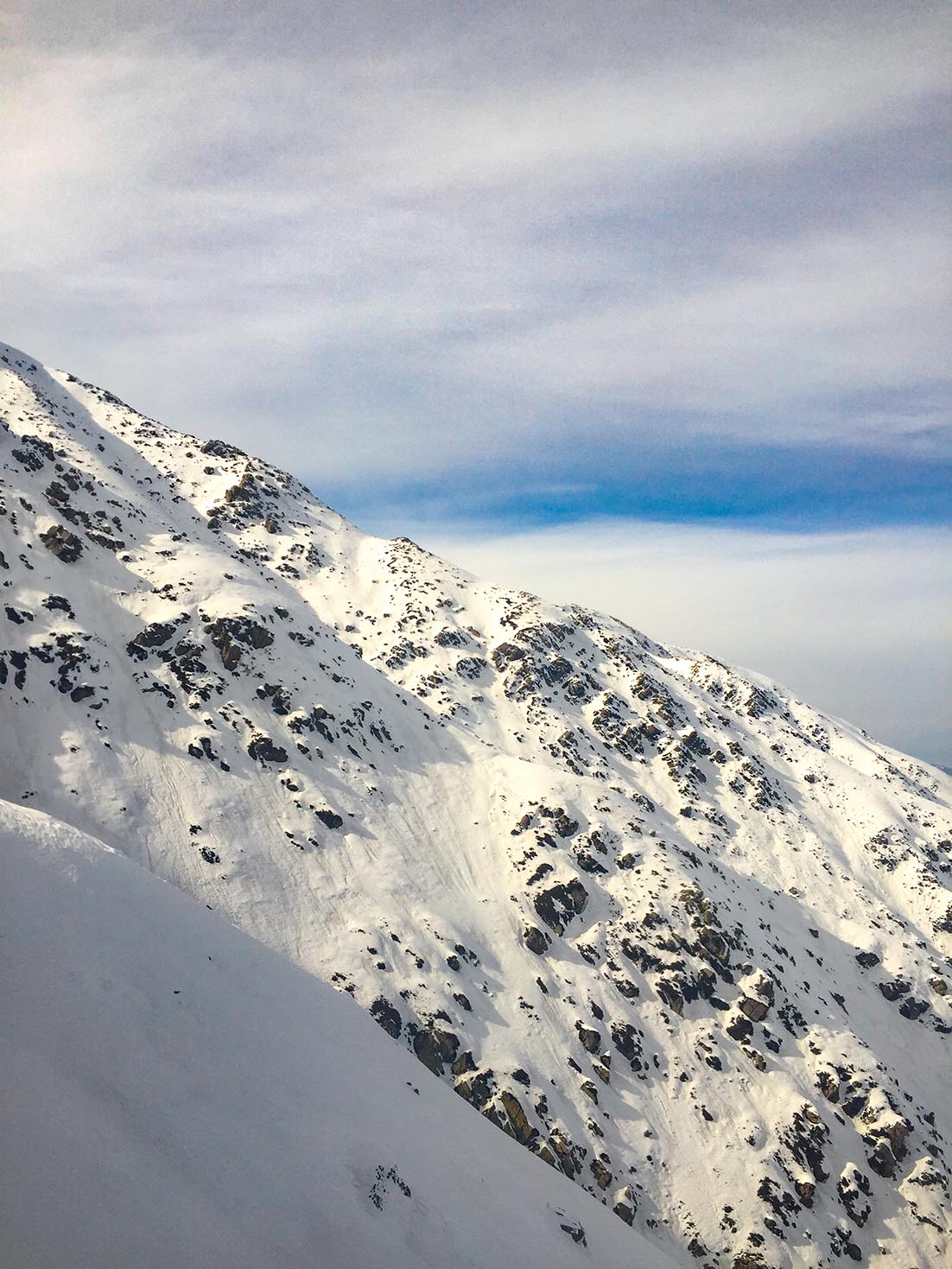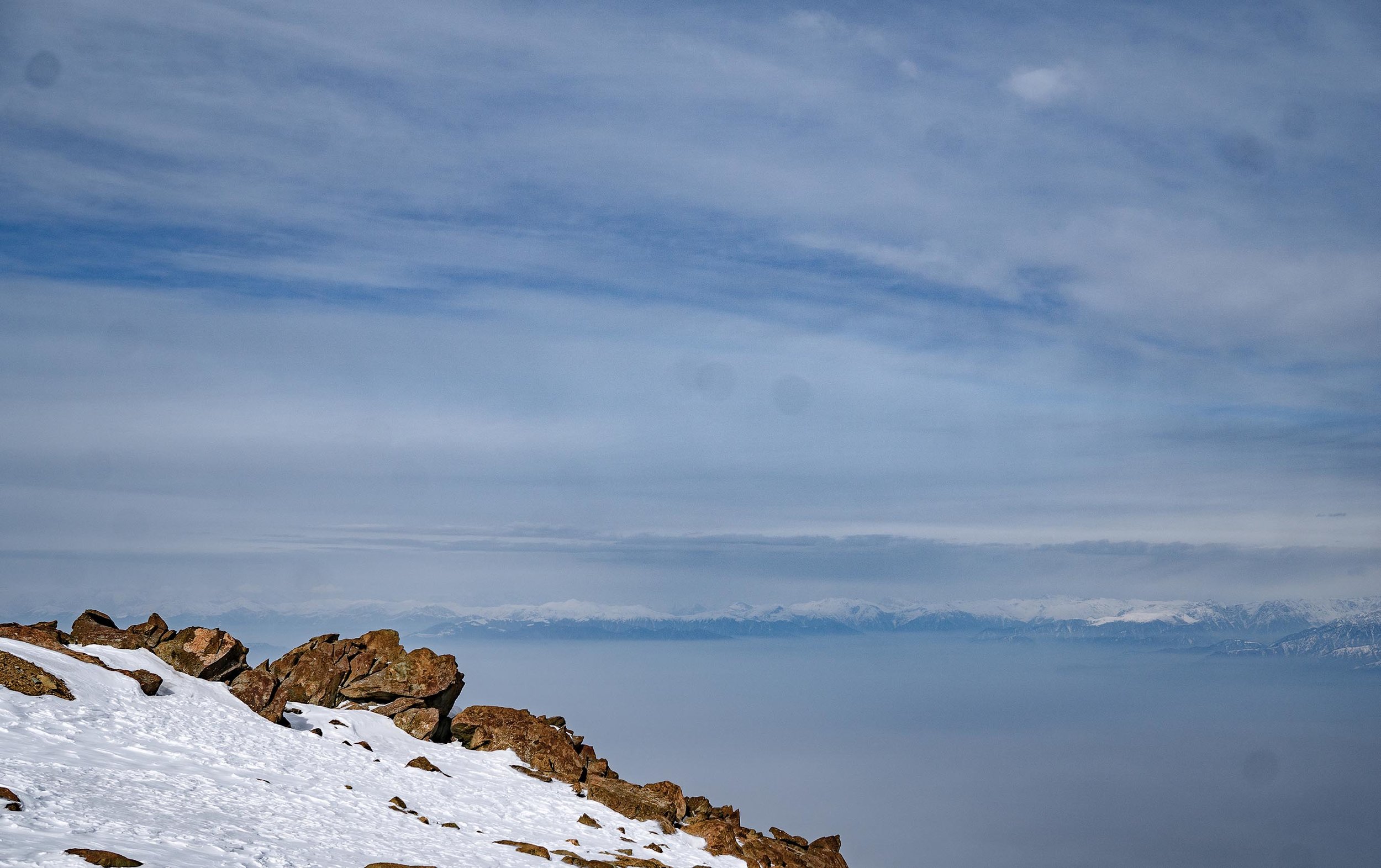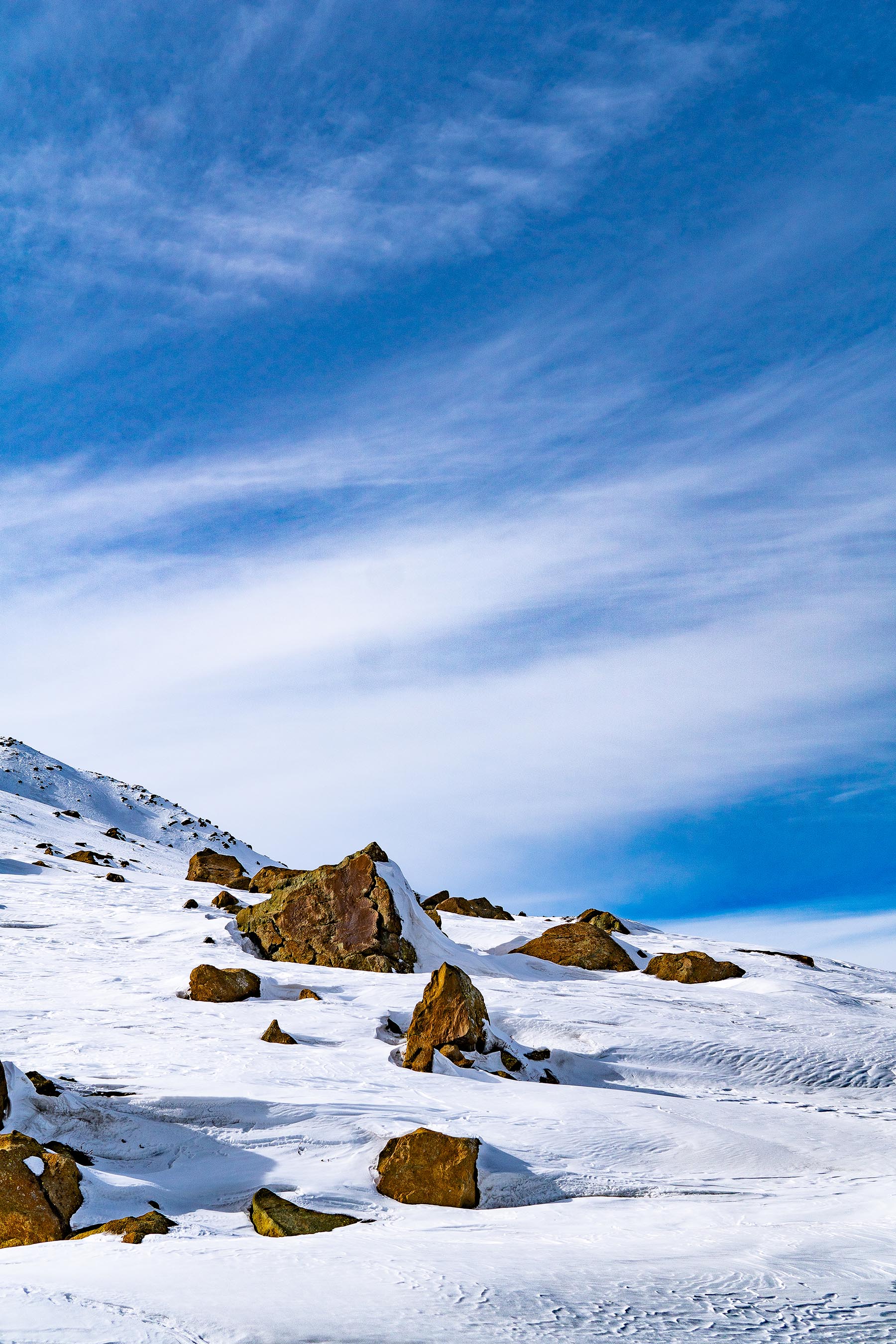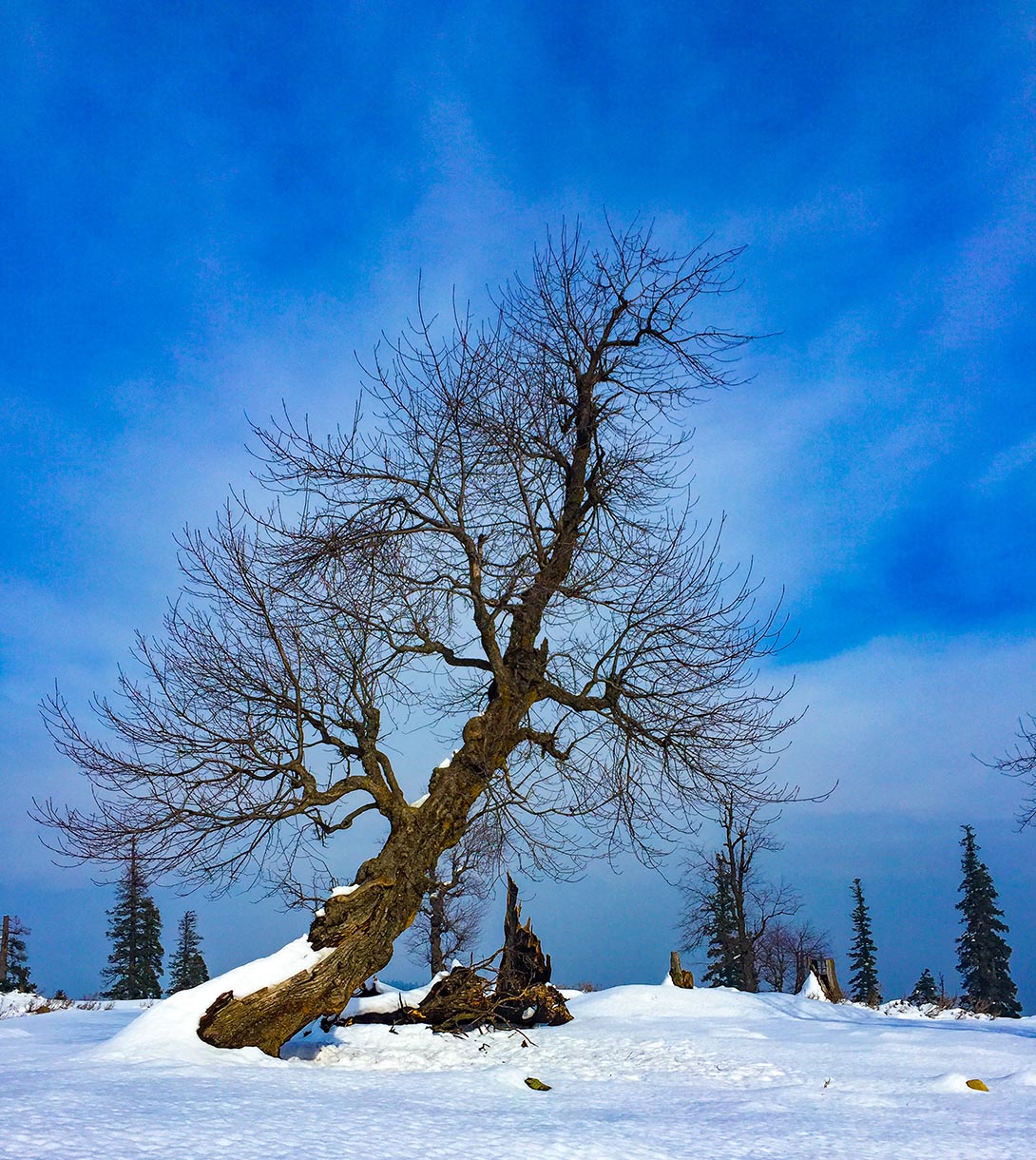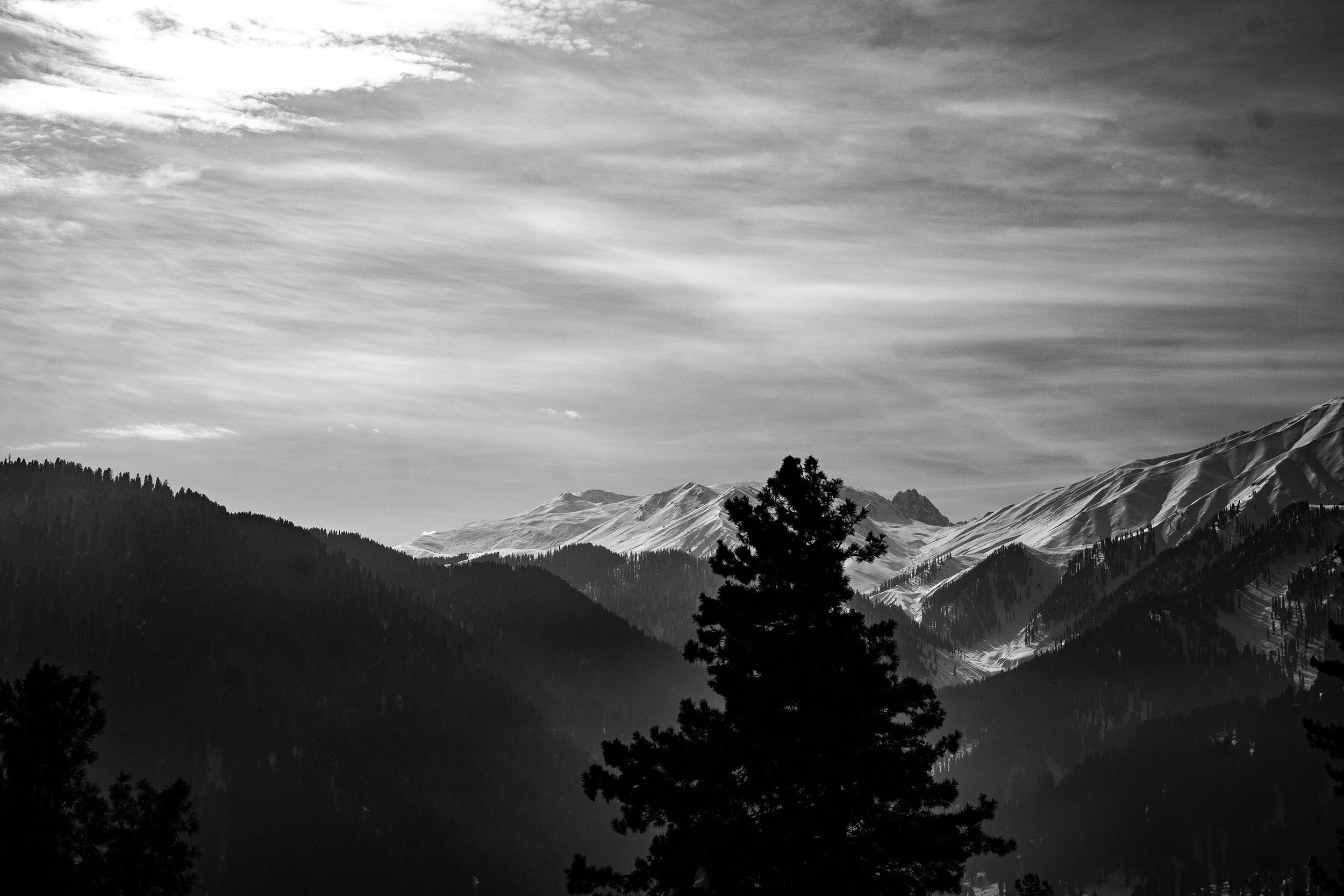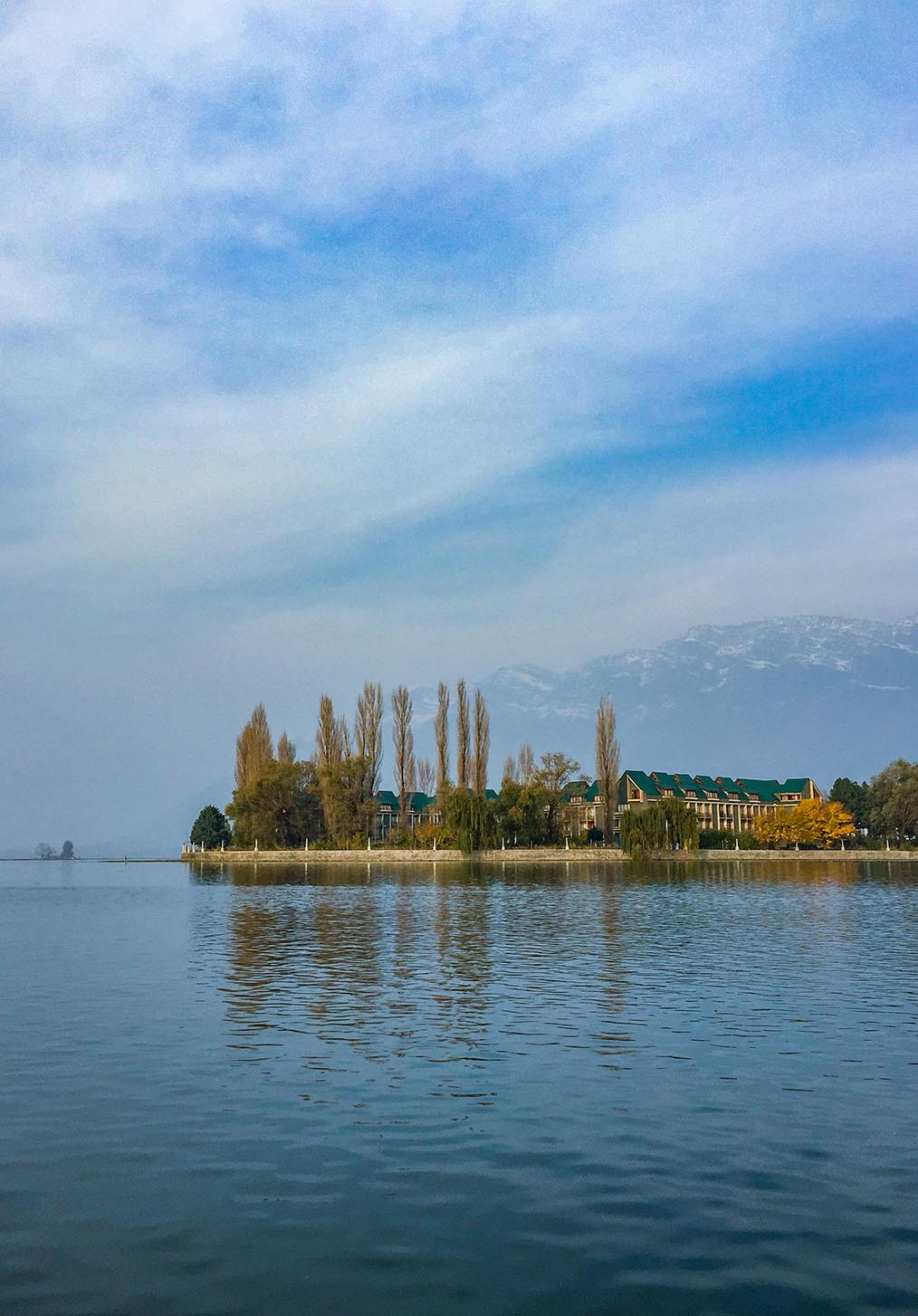A handwritten type from Richard Khuptong, inspired by Blackletter, also known as Gothic script,
Gothic minuscule, or Textura. The typeface includes extended Latin A glyphs. The #Zawlbuk Type is finally released on MyFonts.com
So far this is one of the largest type that I have ever worked on, with more than 340 glyphs, Extended Latin A, parts of B etc.
They are all hand-drawn, digitised and re-design.
Blog
A collection of my personal thoughts on random things. You will find me talking about everything under beneath the sky, but mostly designs and visual communication.
If you love beautiful lettering and want to give it a try here are some of the basic tools that will help you get started. Although, you need to invest a great amount of time learning the art, having the right tools for the right kind of work is very important. To start, you will need to choose a script or a lettering style. In the simplest term, you can go for Brush Lettering, Black/Flat Pens Lettering or Pointed Dip pen Calligraphy.
PS: All the information are written so that a layman can understand. I tried to omit most of the technical terms.
For Brush Lettering
One of the benefits of brush lettering is that you can do almost any script, depending on your skill level. You can write a rough retro lettering or you can go for that really smooth modern calligraphy. If you want to create awesome brush lettering like the sample images shown below going ahead and take a look at the tools shown below:
Black/Flat Pens Lettering
Popularly known as black lettering or gothic style, black lettering can be very diverse, the script ranges from Batarde/Fraktur, Old English text, Rotunda Gothic etc. or the simpler (but not so simple :P) Uncial or Half Uncial. You can look at some of the text that I have written to have a better idea. Also, this style of calligraphy can be written with both Brush, Dip pen and flat markers.
For Pointed Dip pen Calligraphy
This one is, in fact, one of the most serious and difficult styles. You will need a holder, a nib and an ink to start. There are two types of holders, a straight and oblique holder. When it comes to nibs there are famous nibs like the Nikko G, Hunt 101, Brause EF66, Leonardt Principal Nib etc. Supplies for these materials are limited in India. Ink comes under various names, composition and colours. Indian Ink, Poster Ink, Sumi Ink are one of the common ink that you can use. I have put down some materials below, please note that the supplies in India are quite limited.
Please note that the subject is really vast and the below discussed material are just to get you started, once you get to a certain stage you will find better options.
Thank you very much for your time and please do follow and support me on Instagram. If you have any question hit me up, contact details in the contact page.
On the 17th of November to get away from the Diwali pollution of Delhi, I took a trip to see the beautiful landscape of Srinagar and Gulmarg. I took some images that I could use for my stock photograph portfolio. The landscape is beautiful and breathtaking, at the same time it was sad to see tourist polluting the region. I could see plastic wrappers and bottles lying around.
Below are some of the images that I took while I was on the trip.
My Gears
Camera: Sony α6300 Lens: Sigma 30mm f2.8 | Sony Kit Lens
If you wish to support by buying these images click here.
I have created this wreath design quite a long time ago and would like to make it available for the community to use.
The PSD file will contain a smart object containing the actual Adobe Illustrator file.
Hope you like and enjoy using it as much I do.
Download the file here: https://goo.gl/gMwmZh
The Wright Brothers identity the problem, provide a creative solution by designing the flying machine. They did not limit themselves!
In continuation to my article “Are We Designers?” here’s my thought on the designing process from a creative stand point.
Keeping in mind the differences between Graphic Designer and Artist, the role played by us as a Graphic Designer can be quite different depending on the place, project and the people we are working with. Our main purpose is to solve the visual communication gap. (Are We Designer?)
A client usually approaches a Graphic Designer with a certain pre-determined purpose in mind; the underlying reason, however, is that there is a problem communicating with the consumer. Besides looking for a design the client subconsciously expects you to solve this communication gap through your expertise.
In order to fill this gap understanding the situation is the key. The easier way is that you could throw in a few colors or search for inspiration on the Internet and starts off. You would still be able to make your client happy and fulfill his immediate need. This approach, however, solves a short-term goal.
To solve the real problem you first need to identify the gap between your client’s and his consumer’s world. You will have to find the common language that they both understand and then provide a creative solution by means of Graphic Designing.
The difference between the two approaches is anybody’s guess. The first will give you a solution, which can be very predictable while the later will give you genuine and quality work and in the process gain your client’s loyalty.
Each one of us has the ability to identify, conceptualize and execute. Having such a thought process and using it in a specific scenario is what makes us Commercial Designers. However, while we are on the task, we should not limit our thought process to the tools and skills required for the implementation only. We often limit ourselves to what we can practically achieve using our readily available resources.
It’s important to remember that executing a good idea is not difficult, coming up with one is.
The fundamental skill is talent. Talent is a rare commodity. It’s all intuition. And you can’t teach intuition. - Paul Rand
A simple question I often ask myself as a Graphic Designer is “Why do I Design?” Well the answer can differ from time to time and from project to project, but the one consistency answer is, to help people communicate better; in short “to solve the communication gap.”
However, as a designer, do we really care? Do we always have to find the problem in every project? Can’t we just go on and deliver what the Clients’ want? Yes, we can provide a design that clients want rather than what they need and satisfy their immediate requirement for a design. But if we do that, the big question that comes in is that Are We Designers?
“Creativity happens in response to a problem. When it comes to advertising, finding the tension to spark creative can come from a variety of places: your brand vs. the other brand, cultural issues (i.e., we celebrate thin people as ideal but we also love crappy, fattening food), contrasting ideologies and themes, unseemly things in a product category.”- Luke Sullivan
The ability to see these problems and being able to solve them by providing a design solution is what makes us designers - the mind that visualizes the forms, spaces and layout. The eye for detail that feels uncomfortable with the inappropriate line-height in paragraphs, the thoughts that asked why, how and the what. That is what makes us designers.
If we stop asking these questions we are not designer, but a mere tool!







